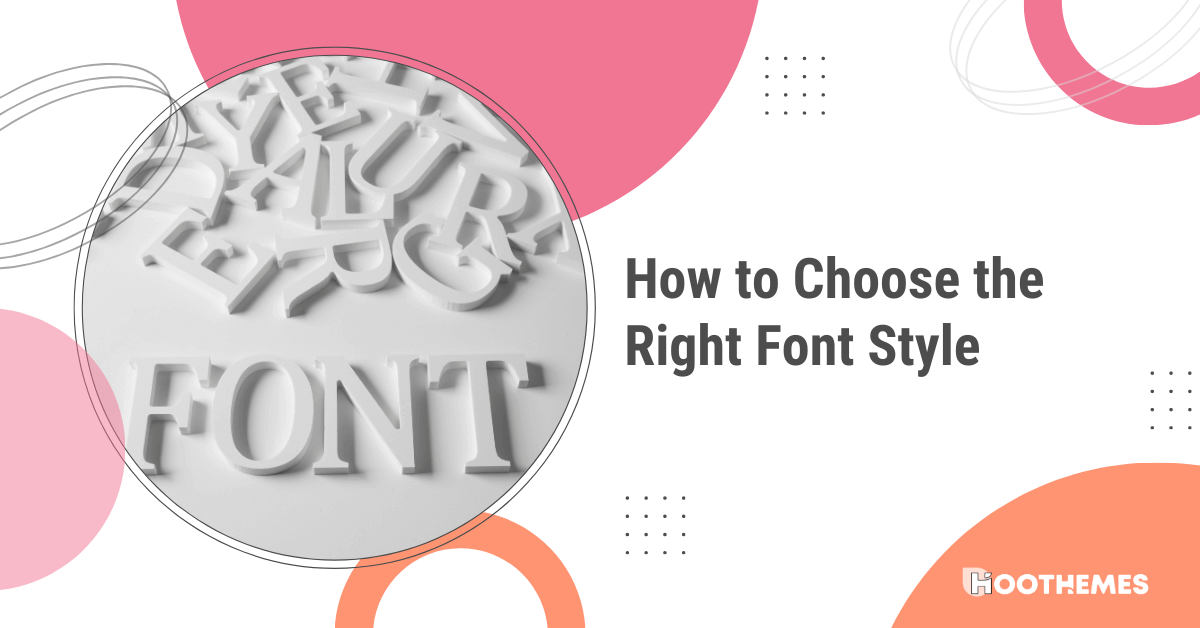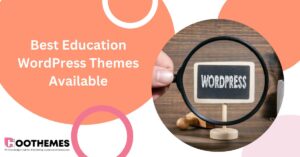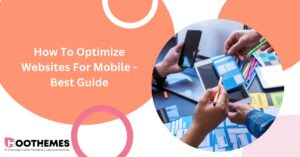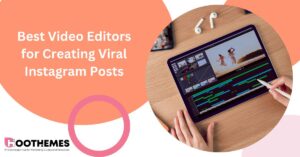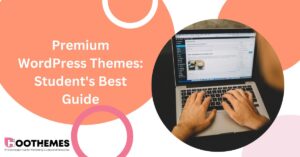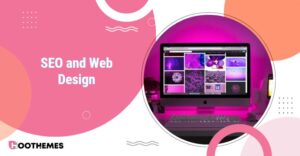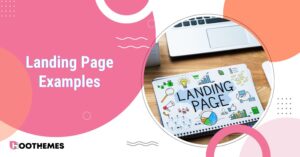When it comes to design, every detail matters, and the font style you choose can make or break your project. It’s not just about aesthetics; font style plays a crucial role in readability, comprehension, and engagement. Whether you’re designing a website, creating marketing materials, or crafting a presentation, choosing the right font is key to creating a successful and high-converting landing page design.
The importance of font style in design cannot be overstated. One area where font style plays a crucial role is in high-converting landing page design. A landing page is where potential customers land after clicking on an advertisement or a search result. It’s the first impression that visitors have of your brand, and it can make or break the conversion rate. The font style you choose for your landing page can impact the readability and the overall user experience. A well-designed landing page with the right font can keep visitors engaged and increase the likelihood of them converting into customers.
In this guide, we will explore the art of choosing the right font style and how it can enhance your design, increase readability, and ultimately lead to a high-converting landing page design.
What Is Font Style
Font style is a term used to describe the specific design or appearance of a typeface. It refers to the various characteristics of the letters and characters, such as their shape, size, weight, spacing, and any decorative or ornamental features. Font style is what sets different typefaces apart from each other, and it plays a crucial role in how text is perceived and understood by readers.
Factors to Consider When Choosing a Font Style
When it comes to customer-centric marketing, the design of your website plays a crucial role in attracting and retaining customers. Choosing the right font style can make a significant impact on how customers perceive your brand and whether they are likely to stay on your website and convert. Here are some factors to consider when choosing a font style:
1. Readability
The most important factor to consider when choosing a font style is its readability. The font should be legible at different sizes and have appropriate spacing between letters and words.
2. Purpose
The font style should be appropriate for the purpose of the text. For example, a formal business document may require a more traditional font style, while a children’s book may require a more playful and whimsical font style.
3. Branding
The font style should be consistent with the overall branding and marketing strategy of the organization. It should convey the desired image and personality of the brand.
4. Audience
The font style should be appropriate for the intended audience. For example, a font style that is popular among young adults may not be appropriate for an older audience.
5. Compatibility
The font style should be compatible with different devices and operating systems. It is important to choose a font style that can be easily displayed on different platforms.
6. Contrast
The font style should provide adequate contrast to create visual interest and hierarchy in the design. For example, using a bold and large font style for headings and a smaller and lighter font style for body text can help create a clear visual hierarchy.
By considering these factors, designers can choose a font style that is appropriate, effective, and visually appealing for the intended purpose and audience.
Examples of Font Styles and Their Effects on Design
Here are some examples of font styles and their effects on design:
1. Serif Fonts
Serif fonts have small lines or flourishes at the ends of each letter. They are often used in print materials and have a traditional, classic look. Serif fonts can convey a sense of authority, reliability, and professionalism. Examples of serif fonts include Times New Roman, Garamond, and Georgia.
2. Sans-Serif Fonts
Sans-serif fonts have a clean and modern look, with no lines or flourishes at the ends of each letter. They are often used in digital materials and have a more casual and approachable feel. Sans-serif fonts can convey a sense of simplicity, clarity, and modernity. Examples of sans-serif fonts include Helvetica, Arial, and Calibri.
3. Script Fonts
Script fonts mimic handwriting or calligraphy and are often used for wedding invitations, greeting cards, and other formal or decorative purposes. They can convey a sense of elegance, sophistication, and femininity. Examples of script fonts include Edwardian Script, Brush Script, and Zapfino.
4. Display Fonts
Display fonts are designed for use in headlines, titles, or other large blocks of text. They are often decorative and attention-grabbing and can convey a sense of playfulness, creativity, and whimsy. Examples of display fonts include Comic Sans, Impact, and Cooper Black.
The choice of font style can have a significant impact on the overall design aesthetic and the message being conveyed. It is important to consider the intended audience and purpose of the text when choosing a font style and to ensure that it is appropriate for the design style and the overall branding or marketing strategy.
You May Also Read: Serif vs. Sans Serif Fonts and When to Use Which
FAQs on Choosing the Right Font Style
Now, let us answer some of your frequently asked questions.
Q1. What Fonts Are Most Readable?
There are many fonts that are highly readable and commonly used in various contexts. Here are some examples of highly readable fonts:
- Arial
- Verdana
- Helvetica
- Georgia
- Calibri
- Open Sans
- Lato
- Roboto
- PT Sans
- Source Sans Pro
These fonts are designed to be legible in different sizes and have appropriate spacing between letters and words. They are widely used in digital and print materials and can be easily read on different devices and platforms. It is important to note that readability can also be affected by factors such as font size, line spacing, and contrast, so it is important to consider these factors when selecting a font for a particular design.
Q2. Which Font Is Most Popular?
The popularity of fonts can vary depending on the context, audience, and design trends. However, there are some fonts that are commonly used and considered to be popular:
1. Arial
Arial is a sans-serif font that is commonly used in digital materials such as websites and presentation templates. It is known for its clean and modern appearance.
2. Times New Roman
Times New Roman is a serif font that is often used in academic and professional settings such as research papers and reports. It is known for its traditional and formal appearance.
3. Helvetica
Helvetica is a popular sans-serif font that is used in a wide range of design contexts, from branding to signage to digital materials. It is known for its simplicity and versatility.
4. Verdana
Verdana is a sans-serif font that is commonly used in digital materials such as websites and email newsletters. It is known for its legibility and clean appearance.
5. Georgia
Georgia is a serif font that is commonly used in online publications such as blogs and news websites. It is known for its readability and traditional appearance.
These are just a few examples of popular fonts. The choice of font should depend on the design context, the purpose of the text, and the intended audience.
Conclusion
So, choosing the right font style is an essential part of designing any marketing material, especially high-converting landing page design. By carefully considering the message, audience, and emotions you want to convey, you can make sure that the font you choose enhances your design and helps you achieve your marketing goals.
With this guide, you’ll be able to navigate the world of typography with confidence and create designs that make a lasting impression.
